Top places to get acquainted with native Crimean culture
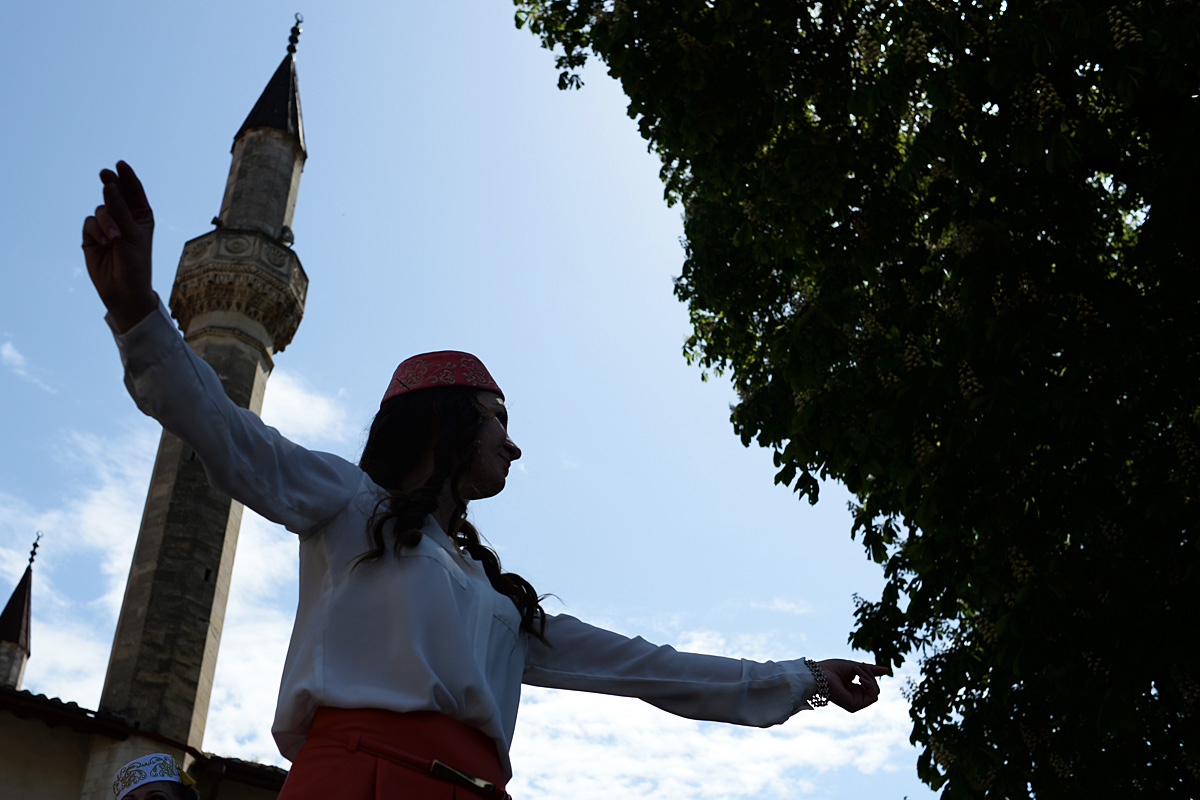
200,000 Crimean Tatars
Crimean Tatars are the most numerous group among the native peoples of Crimea that remain, with about 200,000 of them on the peninsula. They are the descendants of Turkic-speaking, Caucasian and other tribes that settled in Eastern Europe before the 1223 Mongol invasion.
After Russia’s victory in the war against the Ottoman Empire (1783), 100,000s of Crimean Tatars left, mostly going to Turkey. Those who remained rebelled time and again against the tsar. The accusation of collaboration with the Nazis during World War II leveled against Crimean Tatars and other peoples of the peninsula became a pretext for their mass deportation (mainly to Central Asia) in May 1944. Overall, more than 228,000 were deported from the peninsula, 191,000 of whom were Crimean Tatars. Unlike the other deported peoples, which were allowed to return to their homeland in 1956, Crimean Tatars were deprived of this right until 1989.
Today in the most densely populated areas (the southern shore, Simferopol, the Bakhchisarai, Belogorsk and Sudak areas) you can hear the Crimean Tatar language, taste local cuisine and stay in a hotel designed in an ethnic style.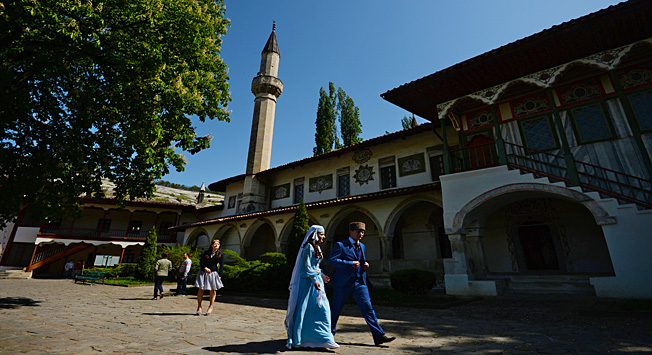
Photo credit: RIA Novosti/Konstantin Chalabov
In Simferopol there is an ethnographic museum and in Yevpatoria you can visit the “Odun-Bazar” cultural-ethnographic center, where you can take a tour devoted to culinary and ritual traditions. For example, you can take part in an ancient matchmaking rite and even play the main role: they will dress you in a traditional costume and dye your hands with henna.
It is still customary among Tatar families to have many children, who are given eastern names such as Zarema, Elvira, Ayder and so on. Mixed marriages are not a rarity, but they’re not desirable. In the houses, even the modern ones, there are stylistically eastern elements: You can usually see a decorative dish or a framed leather cloth with an extract form the Koran hanging on the wall.
535 Crimean Karaites
Some traditions that are inherently characteristic of Crimean Tatars are also close to those of another native people of the region: The Crimean Karaites.
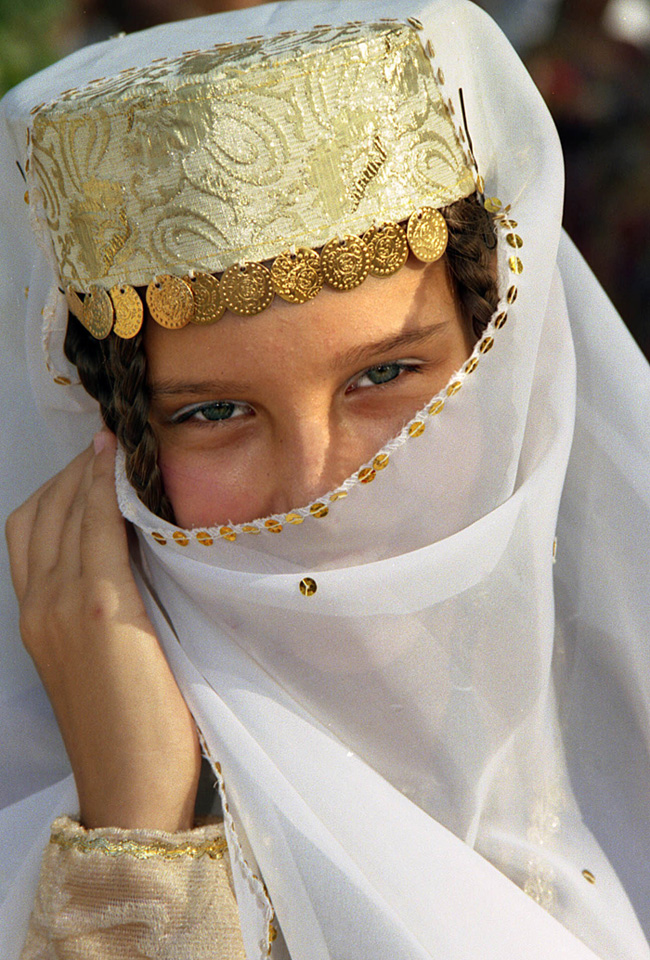 Photo credit: TASS/Alexey Pavlishak
Photo credit: TASS/Alexey Pavlishak
This is one of the most numerically few peoples on the planet and 535 of them – a quarter of all the representatives of this ethnic group – live in Crimea. At the beginning of the 20th century they numbered 8,000. The number of Crimean Karaites was catastrophically reduced by wars, repressions, starvation and assimilation.
“These are the only ones among the current inhabitants of Crimea to be the descendants of cave city-dwellers,” says Yuri Polkanov, the president of the Scientific Council of Crimean Karaites. “Today the biggest community in the world (300 people) lives in Simferopol.”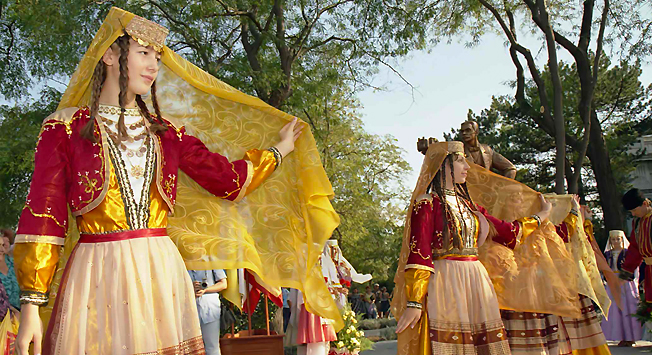
Photo credit: TASS/Alexey Pavlishak
The Crimean Karaites’ ancestral cradle is located in Chufut-Kale (Twin Fortress), a popular destination in Crimea that welcomes thousands of tourists every year.
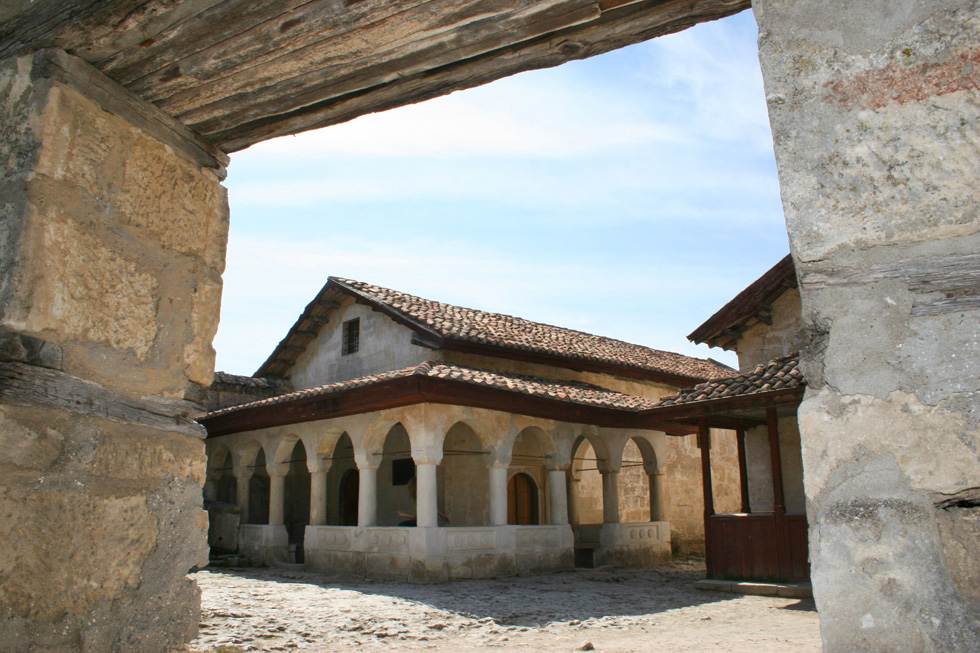 Photo credit: TASS/Alexey PavlishakIn the Bakhchisarai area you can see what a typical Crimean Karaite mansion and cemetery looked like. In Yevpatoriya you can see a Crimean Karaite “kenasa” (prayer house).
Photo credit: TASS/Alexey PavlishakIn the Bakhchisarai area you can see what a typical Crimean Karaite mansion and cemetery looked like. In Yevpatoriya you can see a Crimean Karaite “kenasa” (prayer house).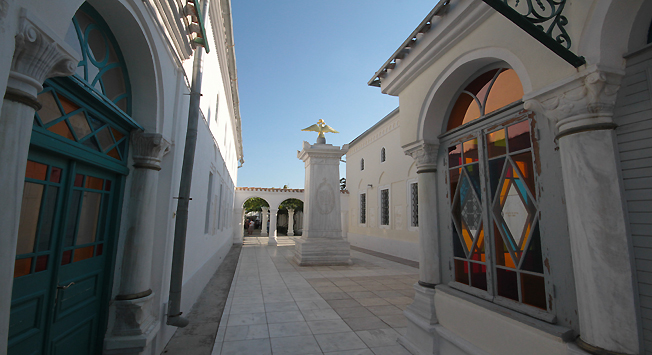
Photo credit: TASS/Alexey Pavlishak
Nearby you can try their traditional cuisine. Most renowned are the Crimean Karaites' pastries with mutton (karaimskie pirozhki), “katlama” – a kind of flat, round-shaped bread and “khamur-dolma” – a kind of small dumpling.
228 Krymchaks
Crimean Karaites are often confused with Krymchaks. They do indeed have some common linguistic and cultural traits, but their religions are different. The first profess Karaism, the latter Judaism. This is one of the reasons why nowadays there are so few Krymchaks left in the region – just 228 of them to be exact. During World War II the Nazis slaughtered 6,000 Krymchaks together with the Jews. In the Museum of Krymchaks in Simferopol an entire room is devoted to the victims of the Holocaust, and at the 10th kilometer of the highway to Feodosia there is a memorial to the thousands of people who were shot in December 1941.
Dora Pirkova, president of the Society for the Diffusion of Krymchak Culture, lost many relatives during the war. She grew up in a family that spoke the Krymchak language and cooked traditional Krymchak dishes. Today few families like this are left.
“Krymchaks have been assimilated,” explains Pirkova. “Essentially, only a fourth of the children now are Krymchak. Parents give their children Russian names and only the elderly know the language.”
They try to keep the traditions alive within the community. Every year at the end of summer celebrations of Krymchak culture are held in the towns of Crimea and people gather for festivals. Yet, in 30-50 years this people risks being completely assimilated. So, it’s better to get acquainted with their culture while you still can.
All rights reserved by Rossiyskaya Gazeta.
Subscribe
to our newsletter!
Get the week's best stories straight to your inbox